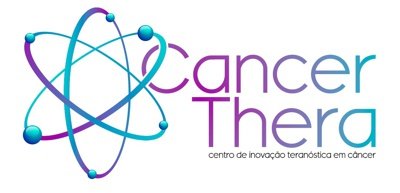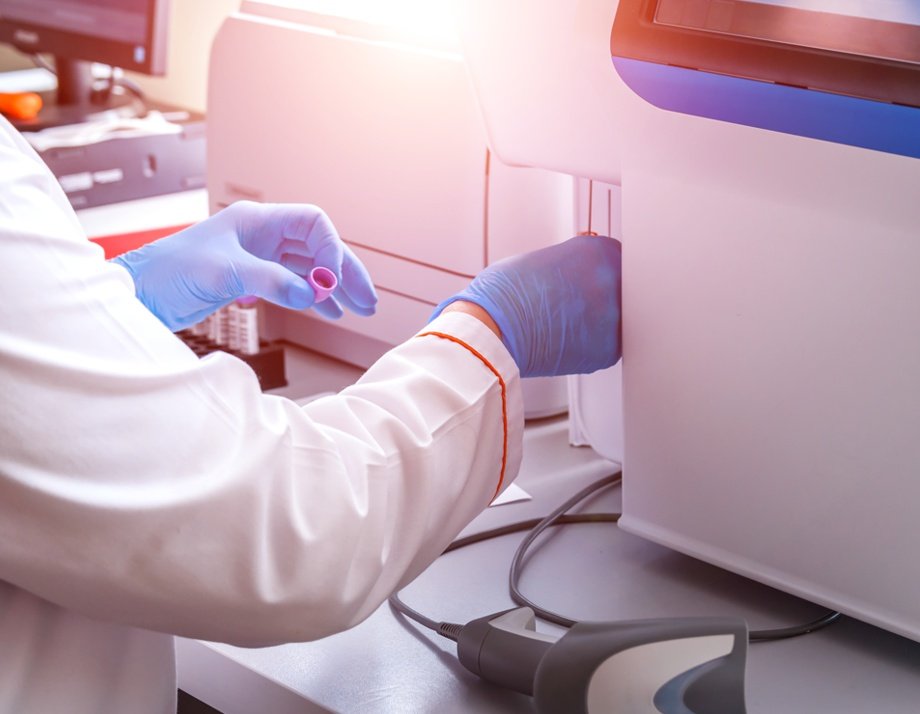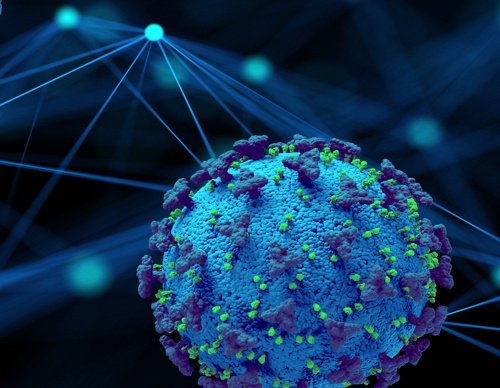About CancerThera
The Center for Theranostic Innovation in Cancer (CancerThera) develops research, innovation, and knowledge dissemination activities.
By adopting a pioneering model in Brazil, our goal is to become a global reference center for the translational study of the Theranostic model in cancer.
We have an ambitious research plan: to investigate and generate knowledge on the use of metals and radiometals in cancer diagnosis and treatment, from Basic Research through to Clinical Research, with a focus on integration and the intermediary stage of Preclinical Research.
Cancer is a major public health issue and one of the leading causes of death worldwide. The Brazilian National Cancer Institute (Inca) estimates that by 2025, there will be 704,000 cases in Brazil alone, with 70% of these in the South and Southeast regions. Therefore, identifying new agents for cancer diagnosis and treatment is highly desirable.
Theranostics as a Principle
Metals (and their stable or radioactive compounds) are currently used for this purpose, and it is in this field that CancerThera’s research aims to make a difference. We rely on qualified human resources to develop and handle drugs (chemical substances that form the basis of medicines) and radiopharmaceuticals (chemical substances with radioactive properties) for cancer diagnosis and treatment using the "Theranostic" model—a term combining “therapy” and “diagnosis.”
The Theranostic Model is Rapidly Advancing and Transforming Oncology
Nanotechnology applied to theranostics has gained prominence in addressing various types of tumors. It involves identifying an active molecule linked to a treatable target and subsequently radiolabeling that molecule for diagnostic and therapeutic purposes.
For instance, in radiolabeling, a radioisotope is attached to a molecule (a peptide) that binds to the tumor membrane. Depending on the type of radioisotope, it may either map the tumor (diagnosis) or deliver energy to destroy it (therapy). A key advantage of this approach is internal radiation with minimal impact on surrounding tissues.
Our development focuses primarily on radiopharmaceuticals labeled with gallium-68 and lutetium-177 radioisotopes, making nuclear medicine imaging and treatments more accessible to Brazilian society at significantly lower costs. Our in-house production model for radiopharmaceuticals can be replicated across Brazil and in other developing countries.
Theranostics is fundamental to the work of CancerThera researchers across eight specialized areas:
Integrating Testing and Application: A Two-Way Path
The core proposal is to explore and share knowledge about using metals and radiometals to diagnose and treat cancer, from Basic to Clinical Research, through the Preclinical Research arm. CancerThera teams work across these interconnected stages, guided by Translational Research. That is, identifying diseases to investigate possible treatments (from bedside to bench) and, in reverse, developing treatments and testing their safety and efficacy (from bench to bedside) in a continuous, integrated cycle.
CancerThera’s initial activities will be carried out by the Clinical Research arm, which will not only develop new applications for established radiopharmaceuticals but also conduct clinical testing of new compounds developed in Preclinical Research. Meanwhile, the Preclinical Research arm will create new compounds and assess their toxicity and actions in tumor cell cultures and animal models. The most promising compounds will advance to human clinical trials in phases 1, 2, and 3.
Radiopharmaceuticals successfully developed in Basic Research will be used in phase 1, and potentially phase 2, of clinical studies (Preclinical and Clinical Research).
Likewise, new applications of known drugs developed by Preclinical and Clinical Research experts will have their radiolabeling monitored by Basic Research scientists.
This level of continuous interaction among the three research arms is a pioneering model in Brazil. Translational results stem from this integration, enabling the creation and development of innovative methods to support cancer patients. Our research program is always focused on seeking faster, safer diagnostics and less toxic, more effective treatments.
Infrastructure and Funding
Unicamp offers a comprehensive infrastructure with equipment, specialized personnel, and administrative support. Various research projects and professionals from Unicamp and other institutions in São Paulo State collaborate with a common focus.
Partner institutions in CancerThera’s operations include the Hematology and Hemotherapy Center of Unicamp (Hemocentro-Unicamp), our headquarters; the Faculty of Medical Sciences of Santa Casa de São Paulo (FCMSCP); and the Institute of Chemistry of São Carlos at the University of São Paulo (IQSC/USP). We are funded as a Research, Innovation, and Dissemination Center (RIDC) by the São Paulo Research Foundation (FAPESP). Our activities began in May 2023.
In addition to FAPESP, funding sources include a previously approved project by the International Atomic Energy Agency (IAEA), the Hemocentro-Unicamp Research Center, and CAPES (via PROAP and Capes-Print). CancerThera is also supported by several national and international companies and is backed by a prominent International Advisory Board, with members from renowned universities in Italy, Germany, the United States, Austria, France, and Portugal.
Project Overview
A FAPESP RIDC
Technological Innovation Programs / RIDC – Research, Innovation and Dissemination Centers
Coordinator
Term
05/01/2023 to 04/30/2028
Details
Call for Proposals (2021). Process number 2021/10265-8.














